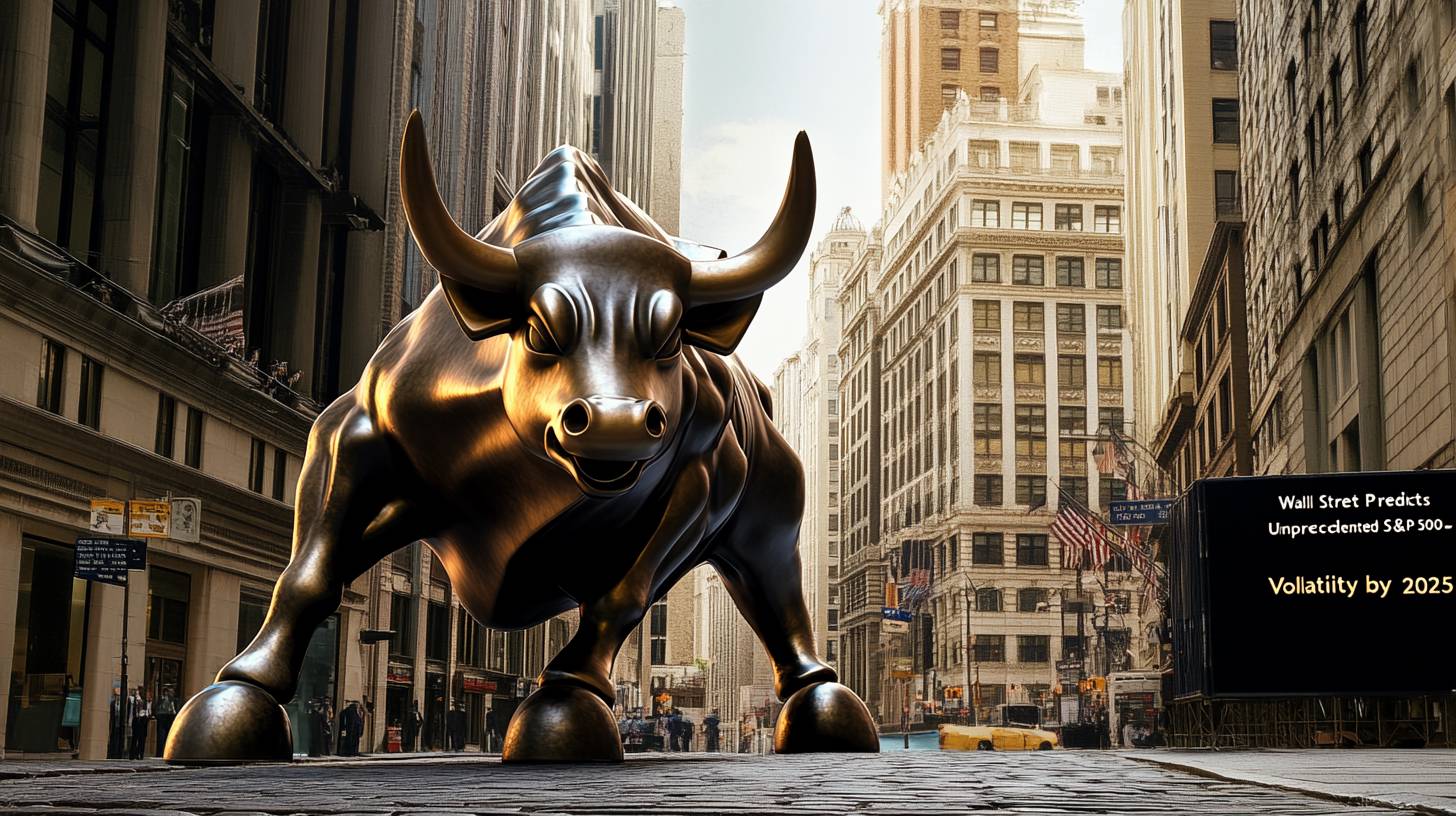
Market dynamics and economic perspective
Stocks have remained comparatively stable since Monday, when the S&P 500 index achieved its 46th record closing figure this year. The index has nearly doubled in value throughout this two-year bullish phase, indicating robust momentum in global markets, including Australia’s ASX 200, which has similarly reported notable increases.
A variety of elements have driven this positive trend. Strong corporate profits, steady economic growth, and declining inflation all contribute significantly. Furthermore, the anticipation of additional interest rate reductions by the US Federal Reserve has uplifted investor confidence, resulting in positive effects across global markets, including Australia.
Regarding earnings, analysts are predicting a 4.1% increase in S&P 500 profits for the third quarter, as reported by FactSet. While this figure represents a decline from the 11.3% growth seen in the second quarter, it is still commendable. Australian firms, especially in sectors like mining and finance, have also shown impressive earnings, enhancing the overall optimistic market atmosphere.
From an economic perspective, the US economy expanded at an annualised rate of 3% in the second quarter, with the Atlanta Federal Reserve Bank’s model anticipating a slight increase to 3.2% for the third quarter. This is particularly significant for Australian investors, given that the US is a crucial trading partner and a barometer for global economic conditions.
Locally, the Australian economy demonstrates resilience, underscored by strong employment data and stable GDP growth. The US September jobs report, showing a rise of 254,000 in nonfarm payrolls, has further strengthened confidence. The unemployment rate fell to 4.1%, down from 4.2% in August, echoing positive employment trends observed in Australia.
In light of this information, David Kostin, Goldman Sachs’ chief equity strategist, has increased his year-end target for the S&P 500 to 6,000 points, revising it up from a previous estimate of 5,600. This denotes a 3% rise from Wednesday’s level of 5,829. Though the Australian market may not mirror this growth, the ASX 200 might still gain from global optimism, particularly if commodity prices continue to perform well.
“The macroeconomic landscape is favorable for modest profit-margin growth,” Kostin remarked, a sentiment that could apply to Australian enterprises, notably in sectors such as mining, healthcare, and technology.
Bearish viewpoints and probable market challenges
Notwithstanding the encouraging market sentiment, some analysts are increasingly skeptical, suggesting that stock valuations may be excessive, with rising risks of a market correction. Barry Bannister, chief equity strategist at Stifel, has adopted a notably bearish perspective on the present market climate.
“We conducted a thorough review of the equity market and emerged with a similar shaking-my-head emoji reaction,” Bannister observed in a recent commentary.
He contends that despite the optimism for a potential soft landing—where inflation decreases without causing a recession—the nearly 40% year-on-year surge in the S&P 500 implies that the market may have overshot its mark. This perspective is shared by several Australian market analysts, who are cautious about the ASX 200’s recent robust performance amid ongoing global uncertainties.
Bannister emphasizes that while it’s feasible to selectively utilize data to substantiate further gains, the broader historical context calls for prudence. He mentions that applying the highest cyclically adjusted valuation levels from the last 35 years may suggest an additional 10% upside for the market. However, he cautions that the same analysis, when viewed through the prism of previous market exuberance, indicates a potential 26% decline for the S&P 500 by 2025, reverting to its starting position in 2024.
For Australian investors, this raises crucial inquiries regarding the viability of the current bull market. While the ASX 200 has capitalized on strong commodity prices and a robust domestic economy, it remains susceptible to global shocks, particularly if the US market undergoes a notable correction. Bannister’s assessment suggests that the risks associated with such a downturn are noteworthy, and Australian investors ought to be aware of potential volatility in the upcoming months.
Another significant issue raised by Bannister is the increasing disparity between growth and value stocks. He points out that the premium of growth-stock returns over value-stock returns is now comparable to levels observed in 1939, during the Great Depression. This is a concerning sign for those heavily invested in growth sectors in both the US and Australia, indicating that the market may be approaching a pivotal moment.
“The three-generation round-trip indicates that the long-standing growth premium over value may have peaked,” Bannister commented, suggesting that a transition toward value stocks might be imminent.
For Australian investors, this could necessitate a reassessment of their portfolios, especially for those heavily invested in high-growth sectors such as technology. Bannister believes that populism, which he characterizes as a “big spender” and a “close ally of reflationary recovery and value,” is likely to influence the political landscape in the near term. This could spark a revival of value stocks, particularly within sectors like energy, materials, and financials, which have a significant presence on the ASX.
As a federal election approaches in Australia, Bannister’s insights regarding populism are particularly pertinent. Regardless of the election’s result, he posits that populist principles will continue to influence the economic landscape, potentially driving shifts in market dynamics. For Australian investors, this may indicate a renewed emphasis on sectors poised to benefit from government spending and reflationary strategies, such as infrastructure, healthcare, and industrials.

